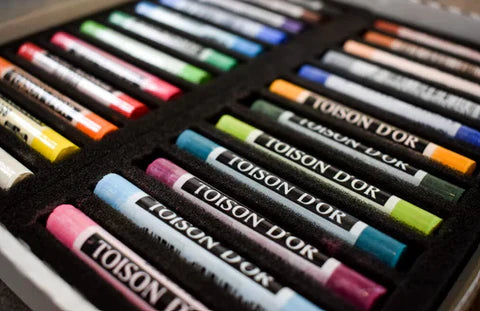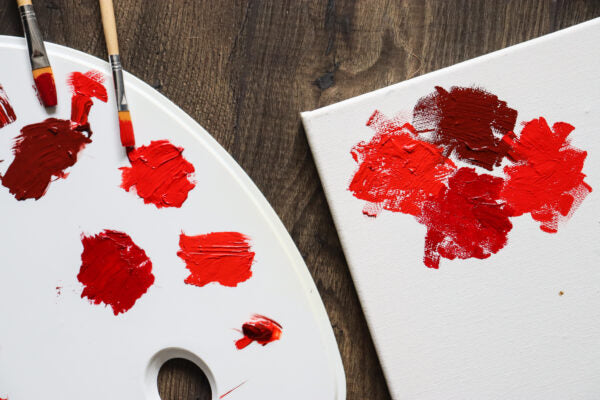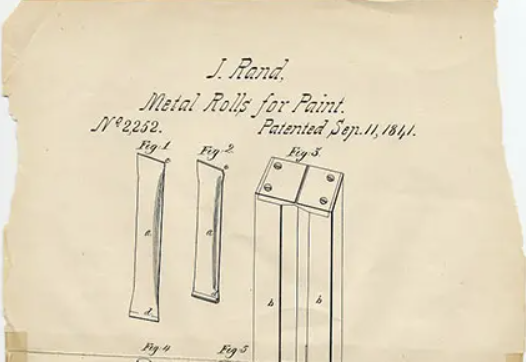How to use a Palette Knife
Palette knives are not just for mixing paint on your palette, they are a perfect tool to develop your style in a new direction and create something stunning which may not be possible to do with a brush. Although it may seem daunting using a palette knife, once it is mastered, it is very rewarding and speeds up your work process.

Palette Knife Techniques
There are a number of techniques you can use with a palette knife in order to give you the desired effect in your work.
Lines
Palette knives can be used to create thin, broken lines, for things such as, a fence or tree. You need to load the edge of the palette knife with a little bit of paint and then dab the edge on the canvas. It is important to make sure the paint is evenly spread across the edge of the knife. Also, you will need to keep reloading the knife, between strokes. Often, an angled palette knife is very useful for this particular technique.
Scraping
The palette knife is an ideal tool, especially when you have made a mistake on your work, as you can use the palette knife to scrape away paint from the canvas, in order to clear an area that went wrong.
You can also use the palette knife to scape paint in order to expose some of the underpainting, or you can use the knife to scrape details into your work. When doing this, you need to be aware of the colour you will be exposing in the underpainting.
When scraping away the paint, use a small knife on its edge and gently scrape the paint away. Also, make sure you wipe the knife after each scrape to prevent any mixing of colours.
Blending
Blending edges can be made so much easier by using a palette knife to drag one colour into another. You are able to create a rough and scattered edge with a palette knife, rather then using a brush to get a softer edge.
Dabbing
Use a palette knife with a rounded tip, and dip it into the paint and then gently dab it onto your work, creating dots of colour to build up texture or to bring your painting alive. (Depending on how big or small you want the dots to be, will depend on the amount of paint you add to the tip of your palette knife)
If your painting has turned out darker than expected, this is a good technique to use by adding a few small bright bursts of colour.
Sweeping
This technique requires a long blade which is used to produce sweeps of colour, such as areas of sky. It can be used to spread paint across a wide area, or it can be used to blend colours together. Make sure you use the long edge of the knife and ‘sweep’ like you are spreading butter.

How to use a Palette Knife?
First, you need to hold the palette knife so the working edge of your blade is at a 45 degree angle. Then you pick up some paint from the palette and the paint should be along the bottom of the blade. Next, place the blade, paint side down, against the canvas and then you can paint, using some of the techniques above. When you have run out of paint, make sure to wipe the blade clean before picking up more paint, in order to avoid mixing colours and also to leave you with smooth, even marks.

Tips for using a palette knife.
- Make sure to clean your palette knife after you have finished using it.
- Important to choose your palette knife according to the size of make you need to make. Start with a larger blade for larger marks and work your way down to a shorter blade for the fine lines.
- Try not to get too regular with your palette knife strokes. Make sure you use a variety of stroke lengths.
- Be gentle when painting, as the palette knife can scrape away paint just as easily as it can be applied.
And practice makes perfect!










